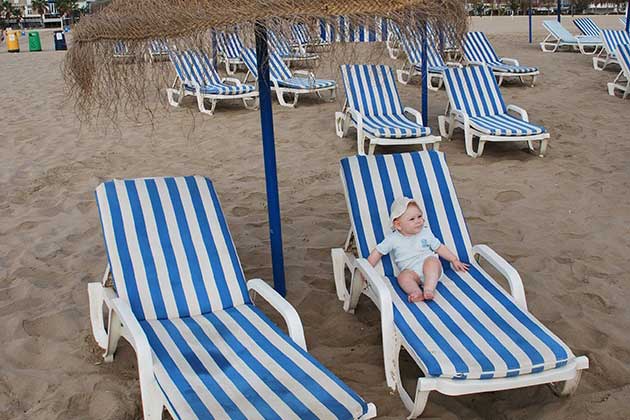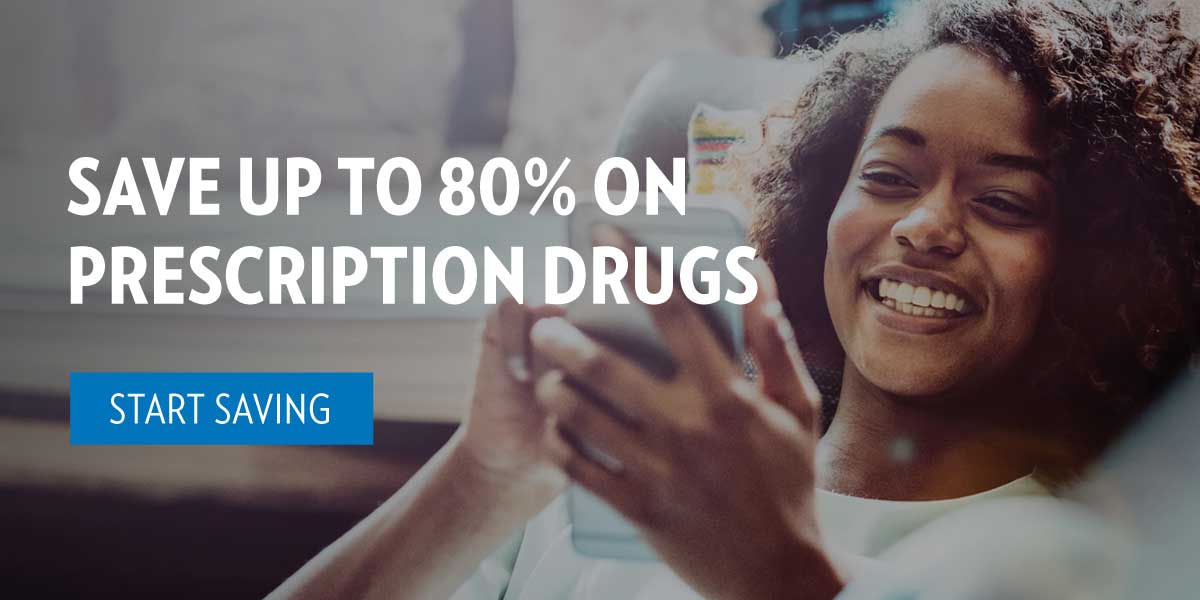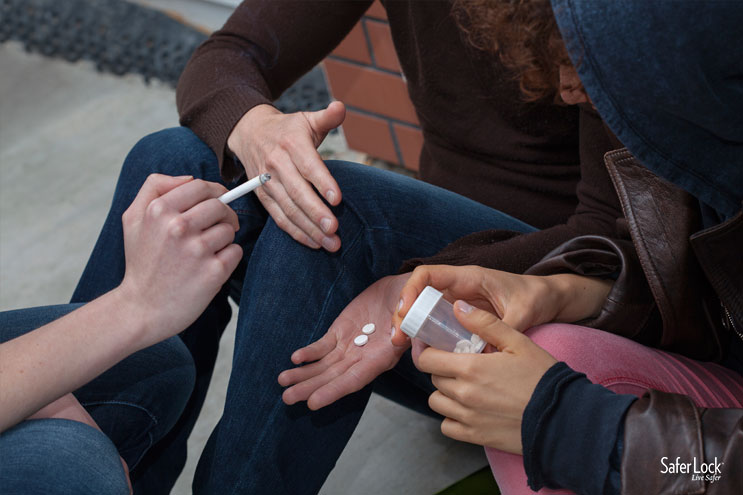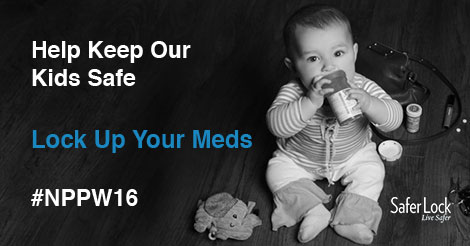There is no greater way to spend some fun family time together than with a trip. Your idea of a family vacation may be a plane trip to someplace far off and exotic, or a road trip to a nearby destination; a short, 3-day trip or a week-long excursion. Wherever you and your family travel, here are some tips to keep your kids safe along the way.
Safe Car Travel
When you travel in a car with kids, each should have their own seat, with their own seatbelts, at all times in a vehicle. Children under the age of 13 should ride in the rear seat. Young children should ride in the same booster or car seats that they normally do, and children under the age of 2 should ride in a rear-facing car seat in the rear seat. If you are renting a car, and cannot take your own car seats, be sure to arrange for a seat to be provided, check that it appears to be in good condition, and that an instruction manual is provided. Set a good example and wear your seatbelt at all times.
Keep kids occupied on long trips with activity baskets, games, toys, and favorite music. Keep cords for electronic devices and phone chargers out of reach of small children. Plan on stopping once every 2 hours to give you and your children a break.
Pack a car kit with water, snacks, hand wipes, sunscreen, and lip balm. Lock up medicines that will travel in your purse or in the car with you. Never leave your child alone in a car, even for one minute. Children can die of heat stroke in an instant as temperatures inside the car soar.
Safe Plane Travel
Children should have their own seats on a plane, and those under the age of 2 or less than 40 pounds should travel in an FAA approved car seat or restraint seat. Do not place children in an aisle seat, where their arms and legs may get in the way of passengers or beverage carts. Children should remain seated and buckled in at all times, and should be accompanied by an adult if they need to leave their seat.
Ask your flight attendant if your aircraft has life preservers or emergency equipment designed for small children. If the emergency masks deploy, put yours on first. If your brain is starved of oxygen you may get dizzy or pass out and would be unable to help yourself or your child.
Take all of your essentials for your child in carry-on luggage in case checked bags are lost or delayed. Be sure to have food, diapers, and medicines with you. Use a pill bottle lock to keep medicines secure. If your child has a medical condition that may become an issue on the flight, be sure to make the flight attendant or counter agent aware of that before the flight.
Safe Hotel Travel
To kids, a hotel is a fun new world to explore. Be sure you explore it first. Look around the room for potential dangers.
Make sure no sharp objects are on the floor, and that all doors, windows, lights, and locks are secure and properly operating. If you are using a hotel crib, check that it meets safety requirements set by the U.S. Consumer Product Safety Commission. Remove any pillows, blankets, or soft bedding to improve baby safety.
Childproof your hotel room just like you would at home. Bring outlet covers, cord covers, doorknob covers, toilet locks, medicine storage, and safety straps with you to prevent infants and toddlers from getting into danger.
If you are using hotel accommodations such child care, child play areas, or child activities, check it out beforehand. Look for potential dangers on playgrounds or in play areas, and that things appear clean and maintained.
Safe Camping With Kids
Children should never start campfires, and should be supervised by a sober adult at all times when near a fire. Put campfires out at night by dumping water or shoveling dirt on it. Make sure any foods prepared at the campsite are cooked thoroughly to avoid food-borne illnesses, and that you bring drinkable water. Pack up food and beverages securely when not in use.
Set up camp away from water sources to reduce the amount of bugs in the campsite. Always leave tents zipped, and use insect repellent on exposed skin. Check your children for ticks at the end of each day, as well as any pets that you have brought with you. Sunscreen should be applied daily, and reapplied if your child is getting sweaty or swimming. Long sleeves and pants will help protect against bug bites and sunburns.
Never let unattended children in the woods themselves. Stay on trails when hiking with your children, and keep an eye out for poison ivy and snakes. Instruct children to leave wild animals alone. Never let children swim unattended, and instruct them not to drink the water from lakes, ponds, and streams.
Never use fuel-burning equipment such as gas stoves, lanterns, heaters, or grills inside a tent, trailer, or other enclosed shelter. Dangerous levels of odorless, colorless carbon monoxide could build up and cause illness or death for your family.
With a little bit of planning, and a lot of supervision, traveling with kids can be a good time for everyone. By taking the extra steps to ensure child safety in the car, on the plane, in a hotel, or at a campground, you can guarantee that they will have nothing but the happiest memories of your fun, and safe, family vacations.




